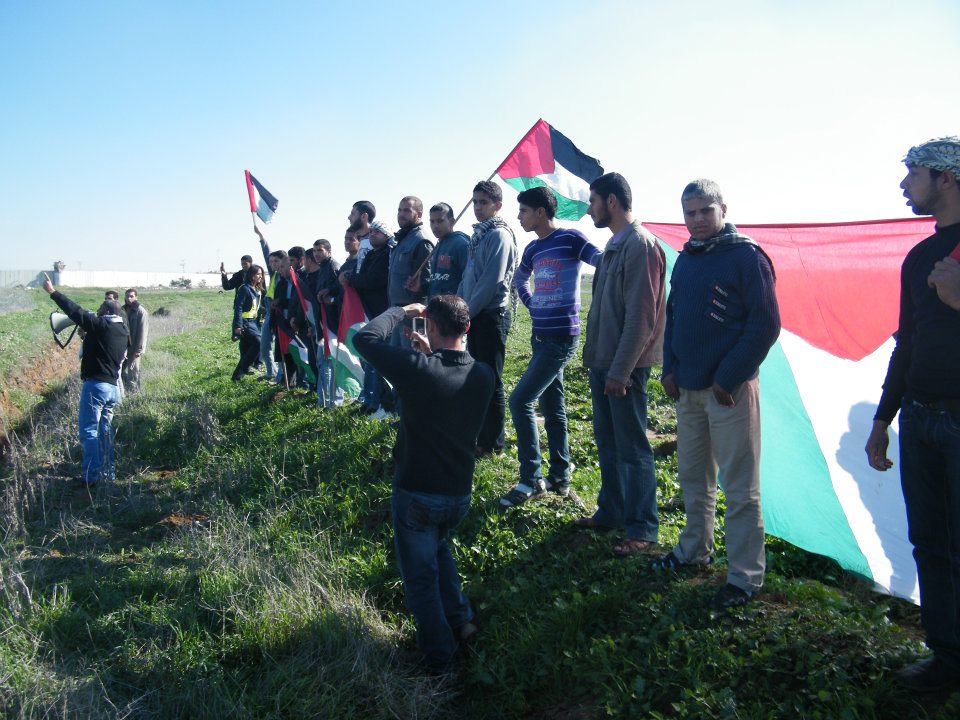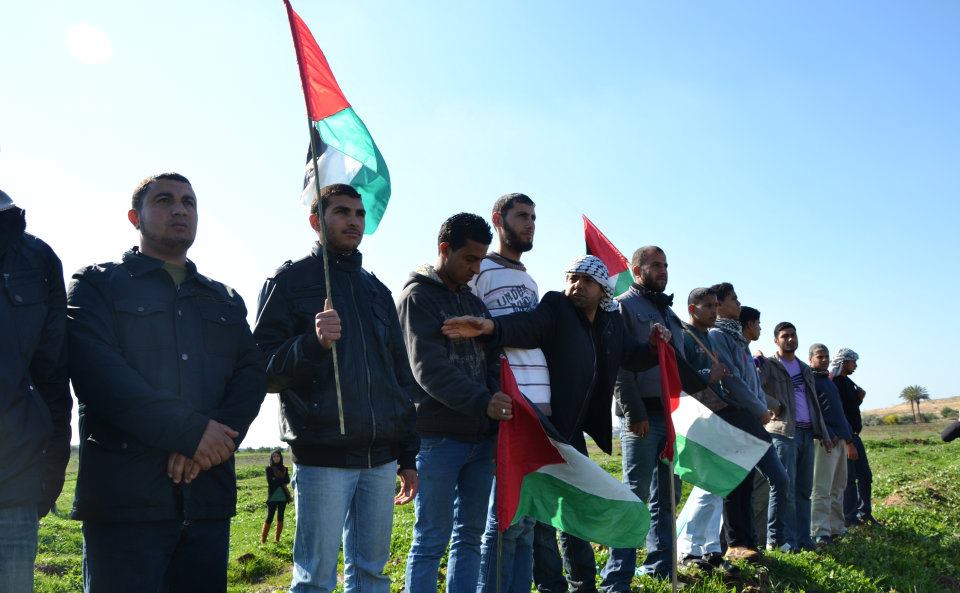Tag: Cast Lead
-

29 December 2008: Balousha family
29 December 2011 | Palestinian Center for Human Rights “I miss them all the time, sometimes I even go to look for one of them in the house in the split second before I remember they were killed” At around 00:00 on the 29 December 2008 an Israeli aircraft attacked the Imad Akel Mosque situated…
-

Gaza will not kneel
27 December 2011 | Palestine’s Youth – Local Initiative – the Popular Resistance Activists, Gaza – Palestine Twenty-three consecutive days of horrendous attacks on the Gaza Strip by the IOF (Israeli Occupation Forces) left more than 1500 Palestinians dead and many more injured. Most of the victims were women, children and elderly people. According to the…
-

Demonstration in Beit Hanoun three years after Cast Lead
27 December 2011 | International Solidarity Movement, Gaza The Beit Hanoun Local Initiative remembered the 1,414 Palestinians killed by Israel during its 2008-2009 “Operation Cast Lead” attack on the people of Gaza during a weekly march in the Israel-imposed “no-go zone.”
